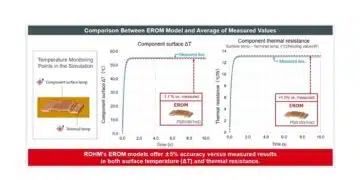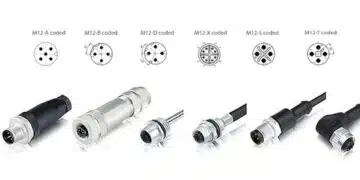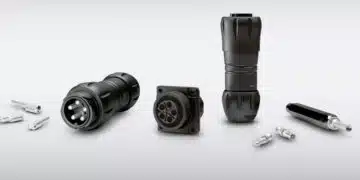source: Vishay news
MALVERN, Pa. — Feb. 23, 2016 — Vishay Intertechnology, Inc. (NYSE: VSH) today introduced a new series of vPolyTan™ solid tantalum surface-mount chip capacitors that delivers increased volumetric efficiency for handheld consumer electronics. Combining polymer tantalum technology with Vishay’s high-efficiency MicroTan® packaging, the T58 series achieves industry-best capacitance-voltage ratings in six molded case codes, including 47µF-6.3V in the compact M0 (1608-10) case and 220µF-10V and 330µF-6.3V in the BB (3528-20).
Leveraging patented MAP (multi-array packaging) assembly technology, the capacitors released today provide a 10 % improvement in space utilization compared to similar devices, saving PCB space and enabling the design of smaller and thinner end products, including smartphones, tablets, and ultra-thin laptops, in addition to wireless cards, network equipment, and audio amplifiers and pre-amplifiers. In these devices, T58 series capacitors are intended for decoupling, smoothing, filtering, and energy storage applications.
The devices offer capacitance from 10 µF to 330 µF, with capacitance tolerance of ± 20 %, over voltage ratings from 4 V to 25 V in the MM (1608-09), M0 (1608-10), W9 (2012-09), A0 (3216-18), AA (3216-18), B0 (3528-10), and BB (3528-20) case codes. The capacitors feature low impedance, low ESR from 50 mΩ to 500 mΩ at 25 °C and 100 kHz, and ripple current from 0.224 A to 1.30 A at 100 kHz, and operate over a temperature range of -55 °C to +105 °C with voltage derating above +85 °C.
The rectangular molded case encapsulation of the T58 series is ideal for high-volume PCB assembly, and its special lead (Pb)-free L-shaped facedown terminations offer better contact to the solder pad than traditional facedown style terminations. RoHS-compliant, halogen-free, and Vishay Green, the devices feature a Moisture Sensitivity Level (MSL) of 3 and are available in tape and reel packaging per the EIA-481 standard.
Samples and production quantities of the T58 series capacitors are available now, with lead times of six to eight weeks for large orders.
































